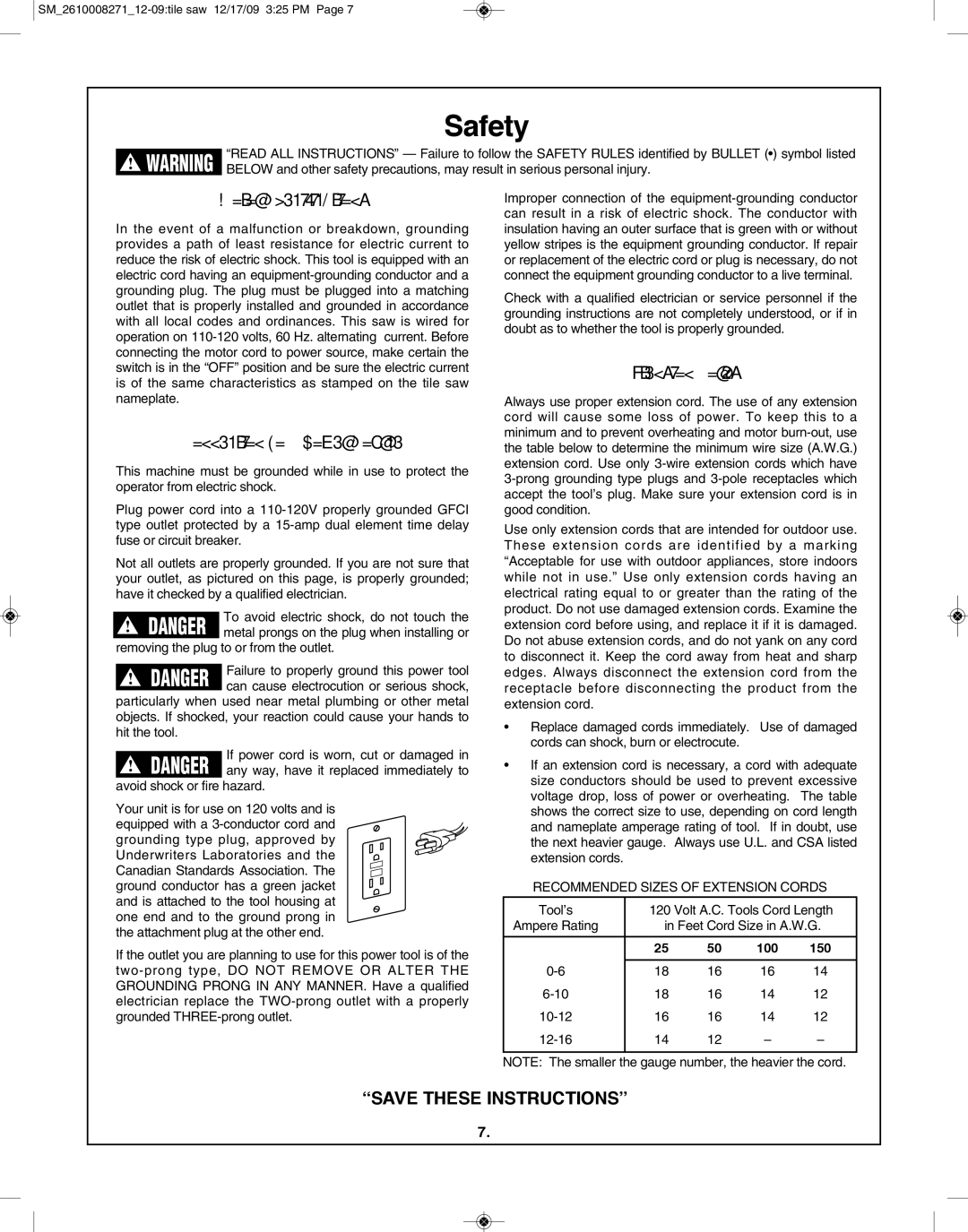3540 specifications
Bosch Appliances 3540 is a standout model in the Bosch lineup, known for its blend of innovation, efficiency, and sleek design. This appliance is engineered to meet the demands of modern households while enhancing everyday experiences in the kitchen.One of the main features of the Bosch 3540 is its commitment to energy efficiency. This appliance boasts impressive Energy Star ratings, which help reduce electricity consumption without sacrificing performance. Additionally, it operates quietly, making it suitable for open-concept living spaces where noise can be an issue.
The Bosch 3540 is equipped with advanced cooking technologies that elevate culinary experiences. Its precise temperature control ensures that dishes are cooked evenly and to perfection. The innovative AutoCook feature simplifies the cooking process by providing pre-programmed settings for a variety of meals, making it ideal for both novice cooks and seasoned chefs.
Another notable characteristic of the Bosch 3540 is its flexible cooking space. The appliance features adjustable racks and shelves, allowing users to customize the interior layout according to their cooking needs. This adaptability is complemented by the large capacity of the appliance, which can accommodate larger dishes and multiple trays simultaneously.
Moreover, the Bosch 3540 includes smart connectivity features, allowing users to control and monitor the appliance remotely via a mobile app. This technology enables users to start, stop, or adjust cooking settings from anywhere, making meal prep more convenient than ever.
Safety is a priority with the Bosch 3540, featuring a child lock function that prevents accidental adjustments. The appliance is also designed with high-quality materials and finishes, ensuring durability and a stylish appearance that complements modern kitchens.
In summary, Bosch Appliances 3540 combines energy efficiency, advanced cooking technologies, and a user-friendly design. Its flexibility in cooking space and connectivity features make it a perfect choice for any kitchen, while its emphasis on safety and quality provides peace of mind for users. Whether preparing a family meal or hosting a gathering, the Bosch 3540 stands out as a reliable and stylish addition to any culinary environment.

